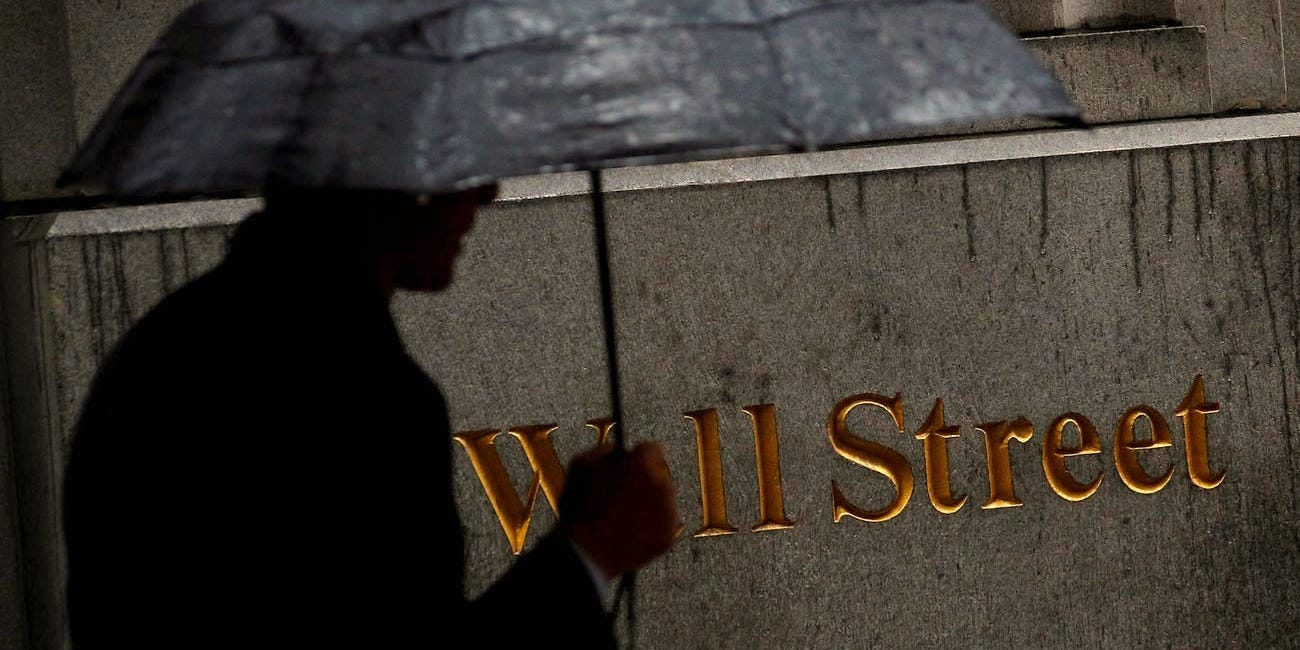
- Over the past 30 years, the wealthiest 1% of Americans bought $1.5 trillion in stock, while the bottom 99% were net sellers of $800 billion in stock over that same time period, Goldman Sachs said in a note on Thursday.
- In 2021, that trend is likely set to continue as households are expected to buy $100 billion worth of stock, just behind corporations ($300 billion), and foreign investors ($350 billion), according to Goldman Sachs.
- “The bottom half of US households holds just 1% of the equity market, a share that has remained effectively unchanged for over 30 years,” Goldman said.
- Driving equity allocations higher in 2021 will in part be driven by a robust economic recovery from the COVID-19 pandemic, with GDP growth estimated to be 5.8%, according to Goldman.
- Visit Business Insider’s homepage for more stories.
US equity demand is set to rise in 2021, driven by a combination of foreign investors, corporations, and US households, Goldman Sachs detailed in a note on Thursday.
“The wealthiest 1% will drive positive household equity demand next year,” Goldman said, highlighting a three-decade trend that is the polar opposite of stock-buying habits of the bottom 99% of households.
The top 1% bought $1.5 trillion of stocks over the past 30 years, while the bottom 99% were net sellers of $800 billion of stock, according to the note.
Driving the demand for stocks into 2021 will be a robust economic recovery from the COVID-19 pandemic and the corresponding surge in US gross domestic product growth, which Goldman expects to be 5.8% for 2021, relative to consensus estimates of 3.8%.
“Periods of accelerating economic growth have usually coincided with increasing equity allocations,” Goldman said.
Foreign investors will be the top buyers of US stock in 2021, estimated to be accumulating upward of $350 billion worth, according to Goldman, with the surge in demand likely to be driven by a weakening US dollar.
Corporations will be the second largest buyer of US stocks next year, estimated to be $300 billion, the note said.
"We expect that a double-digit increase in gross buybacks and a normalization in share issuance will boost net corporate demand for shares in 2021," Goldman said.
Wealthy households round out the estimated 2021 demand for US stocks, with $100 billion in purchases expected by the group. However, a blue wave in November could drive net selling in stocks by the wealthiest 1% at the end of the year, as they look to avoid paying higher taxes under a Biden administration.
From there, expect $200 billion in outflows from mutual funds, $250 billion in inflows to exchange-traded funds, and $250 billion in outflows from pension funds, Goldman said.
And while investors' 47% allocation to stocks is higher than it was two years ago, it still has room to rise before hitting the dot-com bubble peak of 51%, suggesting that stocks could also continue to move higher.
"In current terms, the value of equity assets held by the four largest investor types would have to rise by a combined $8 trillion (~30% of S&P 500 market cap) for the total equity allocation to reach its all-time high, all else equal," Goldman explained.
